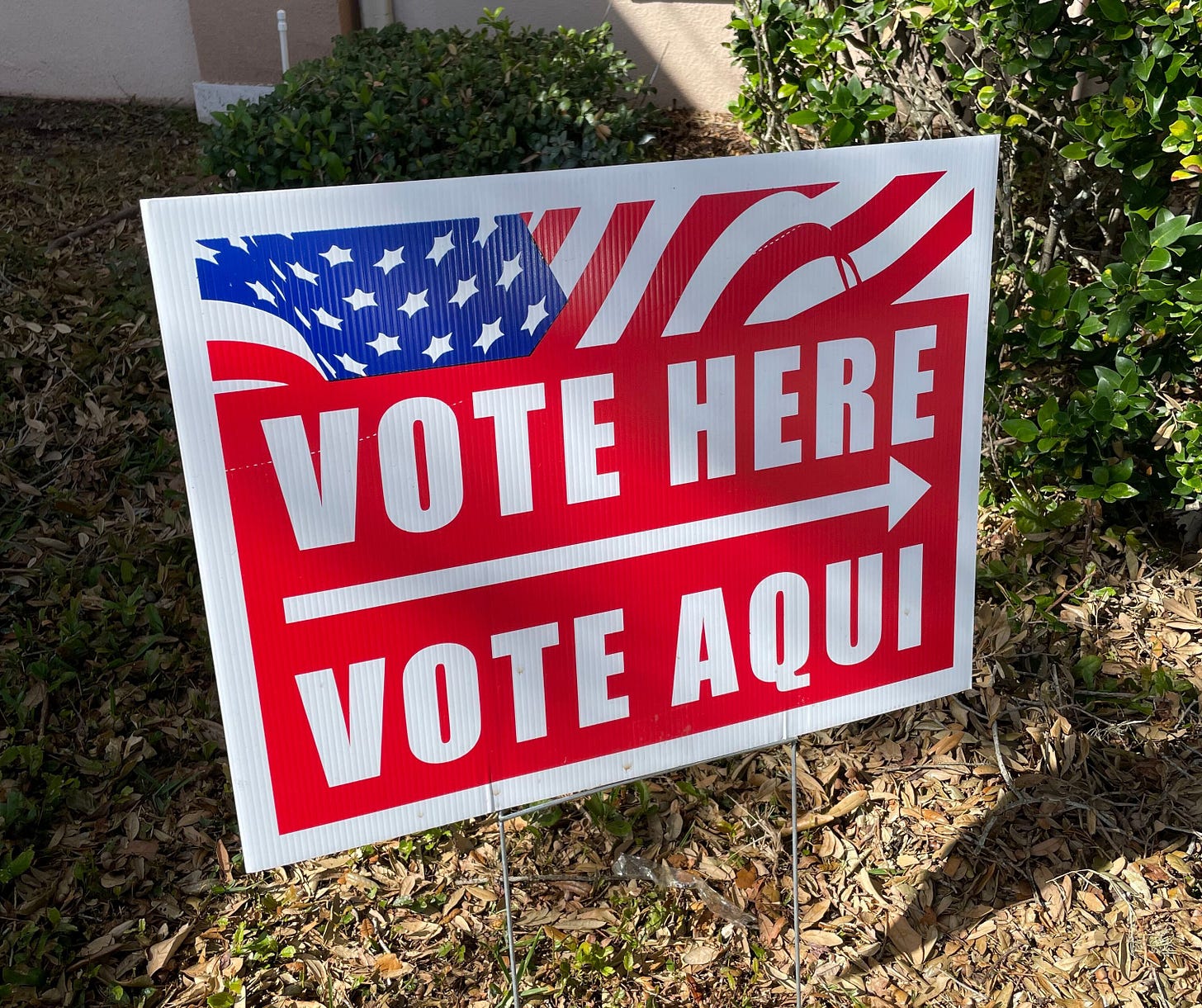Across the Atlantic: How the EU Prepares for US Election Impact
Europe's Possible Trump Dilemma Redux?
As Washington barrels toward what could be a seismic shift in transatlantic relations, Brussels isn't just watching – it's preparing. Multiple EU sources confirm the existence of a previously unreported "Trump Task Force" within the European Commission, designed to war-game scenarios for a potential second Trump presidency. Here's your essential guide to how Europe is positioning itself for 2025 and beyond.
🔑 Key Takeaways
- EU officials are privately preparing for significant disruption in transatlantic relations.
- Trade tensions could escalate into a full-scale trade war.
- NATO's future hangs in the balance as defence spending becomes critical.
- Ukraine's support faces uncertainty, pushing the EU toward greater self-reliance.
💶 FOLLOW THE MONEY
The stakes couldn't be higher: The EU-US relationship represents $1.5 trillion in annual trade, accounting for 42% of global GDP. But here's what's keeping Brussels awake at night: Trump's repeated threats to impose broad tariffs on foreign goods. "The word tariff is the most beautiful," Trump declared recently, sending shivers through European capitals.
What's Brussels doing?: The European Commission's special task force is developing contingency plans for potential trade disruptions. Sources say retaliation measures are being prepared, though officials hope they won't be necessary such as:
Developing responses to potential broad tariff implementations.
Planning retaliatory measures if needed.
Gaming out sector-by-sector impacts.
How Europe plans to respond:
Immediate term:
Retaliatory tariff lists are being prepared.
Diplomatic channels through "Trump whisperer" like Mark Rutte.
Legal preparations at WTO.
Medium-term:
Reducing critical supply chain dependencies.
Strengthening internal market resilience.
Building alternative trade partnerships.
THE JUNCKER PRECEDENT
Smart read: Remember when former Commission President Juncker defused trade tensions by promising increased soybean imports? Brussels veterans say similar creative diplomacy might be needed again.
🛡️ NATO NIGHTMARE SCENARIO
Trump's recent comments about encouraging Russia to do "whatever the hell they want" to NATO allies who don't meet defence spending targets have accelerated European defence planning. The numbers tell the story:
- 23 out of 32 NATO members are expected to hit the 2% GDP defence spending target this year.
- Germany, traditionally reluctant to increase military spending, has made a dramatic shift.
- European weapons production capacity is being ramped up, though industry sources say it could take years to meet demand.
🇺🇦 UKRAINE CALCULUS
The big question: Can Europe shoulder Ukraine's support alone if US backing wavers? The EU has three potential solutions:
1. Increased European defence production.
2. Coordination of existing resources.
3. Possible use of frozen Russian assets (estimated at $500 billion).
💭 QUOTABLE
"The times in which we can fully count on others are somewhat over... we Europeans must really take our destiny into our own hands." — Former German Chancellor Angela Merkel's 2017 warning looks increasingly prescient.
🔮 WHAT'S NEXT
Short-term: Expect increased defence spending announcements from European capitals as they hedge against uncertainty.
Medium-term: Watch for:
- Acceleration of European defence industrial capacity.
- New initiatives for military cooperation between EU member states.
Long-term: The EU is likely to pursue greater strategic autonomy regardless of US election outcomes, but the pace will vary dramatically depending on November's results.
🎯 BOTTOM LINE
Europe faces a delicate balancing act: preparing for potential disruption while avoiding actions that could become self-fulfilling prophecies. The next six months will be crucial for setting the foundation of transatlantic relations for years to come.
Did you find this analysis valuable? Share it with colleagues and subscribe for more insights on European politics and policy.




